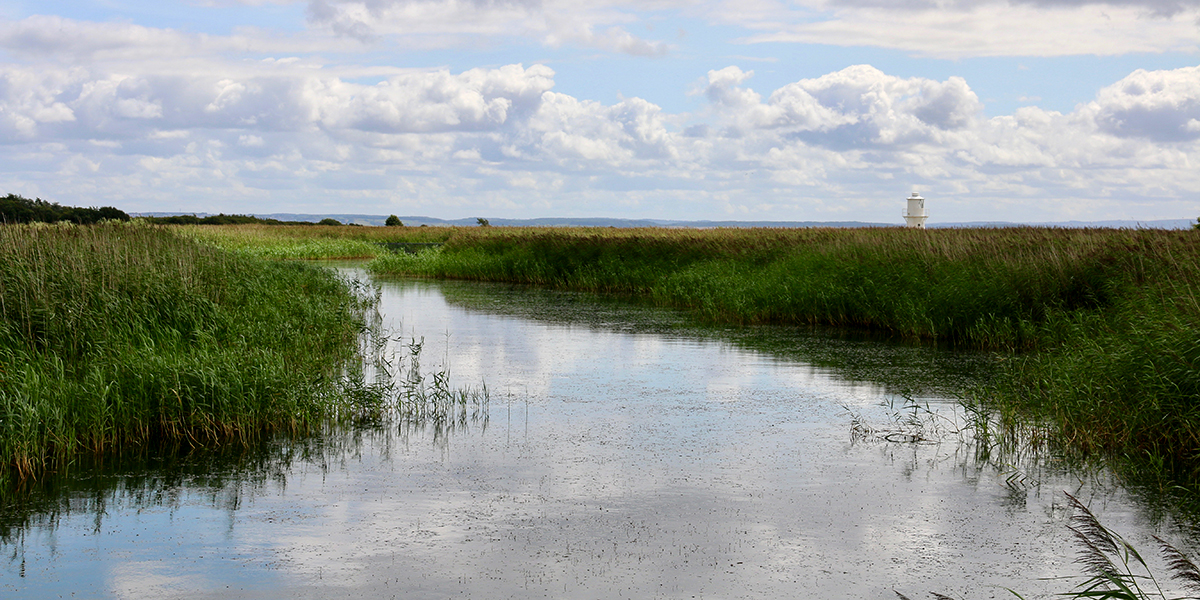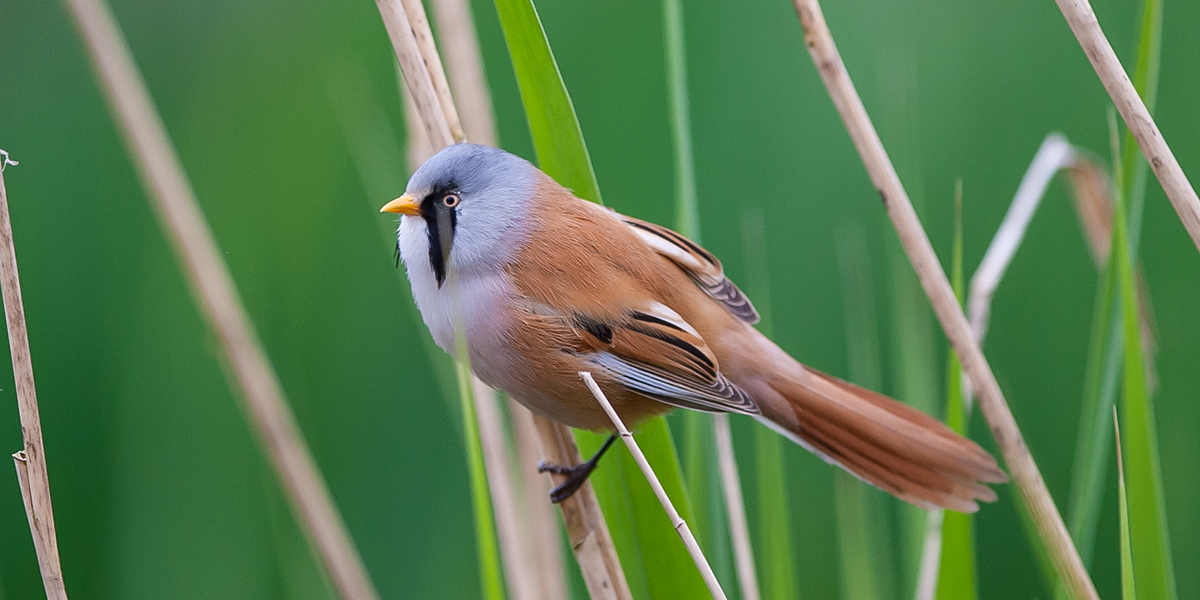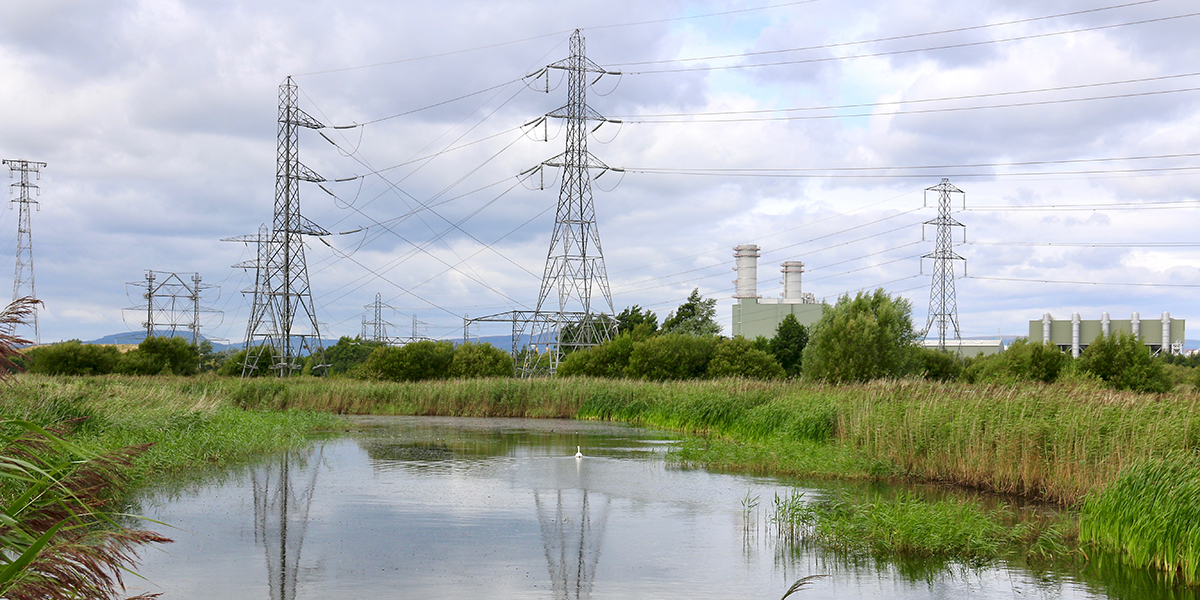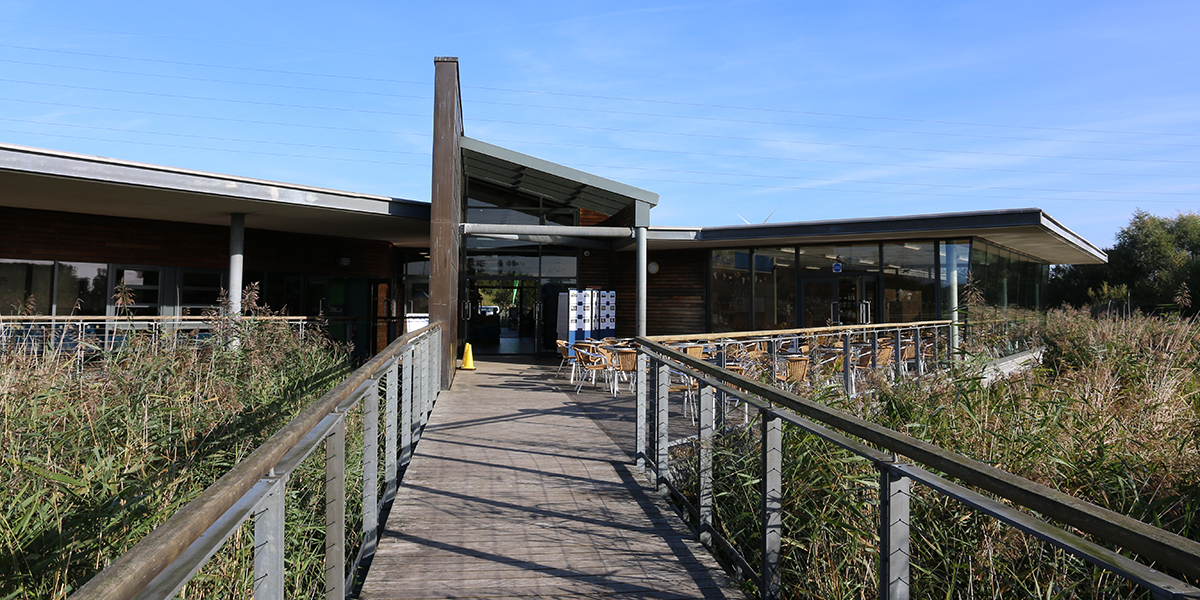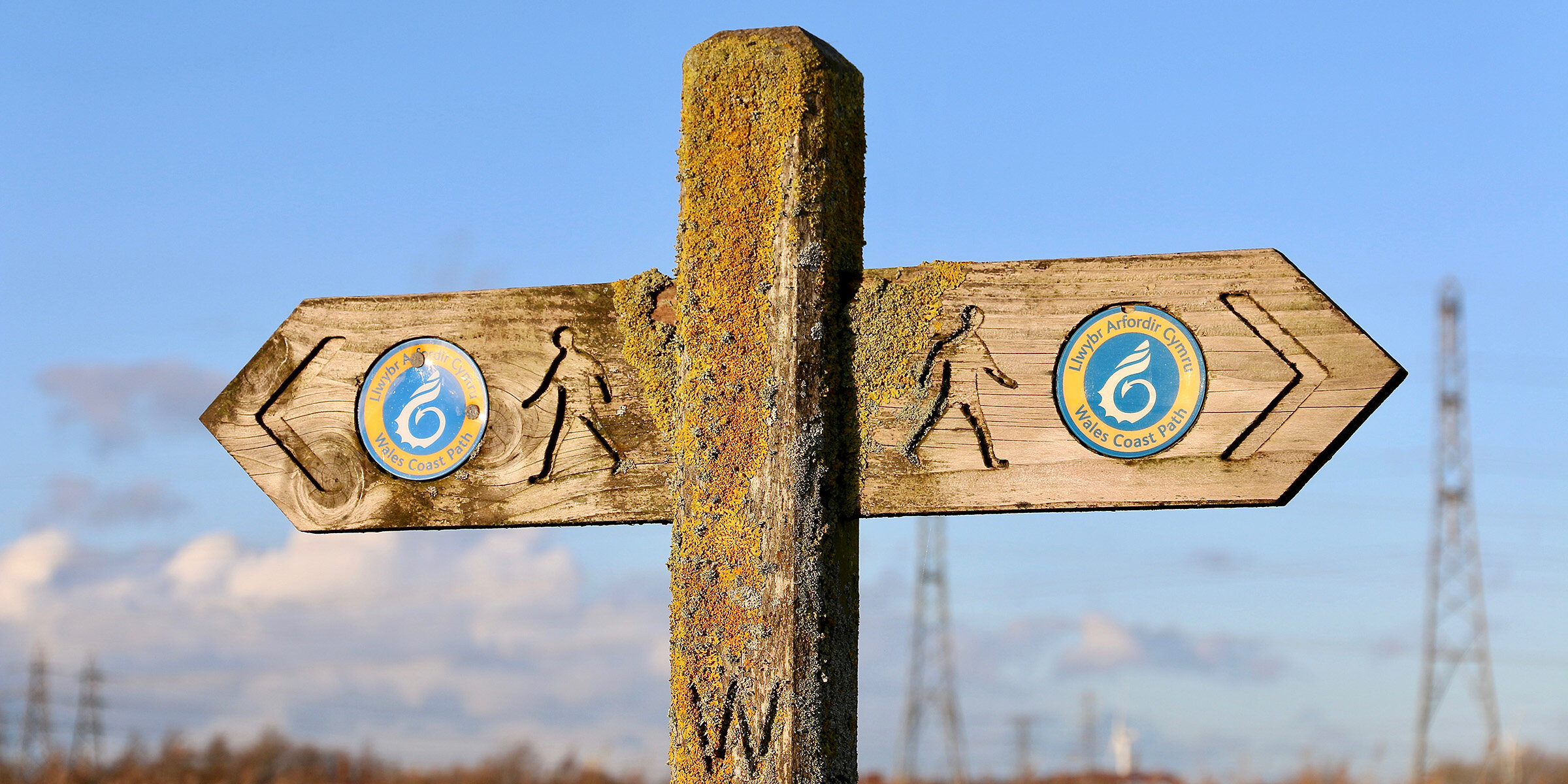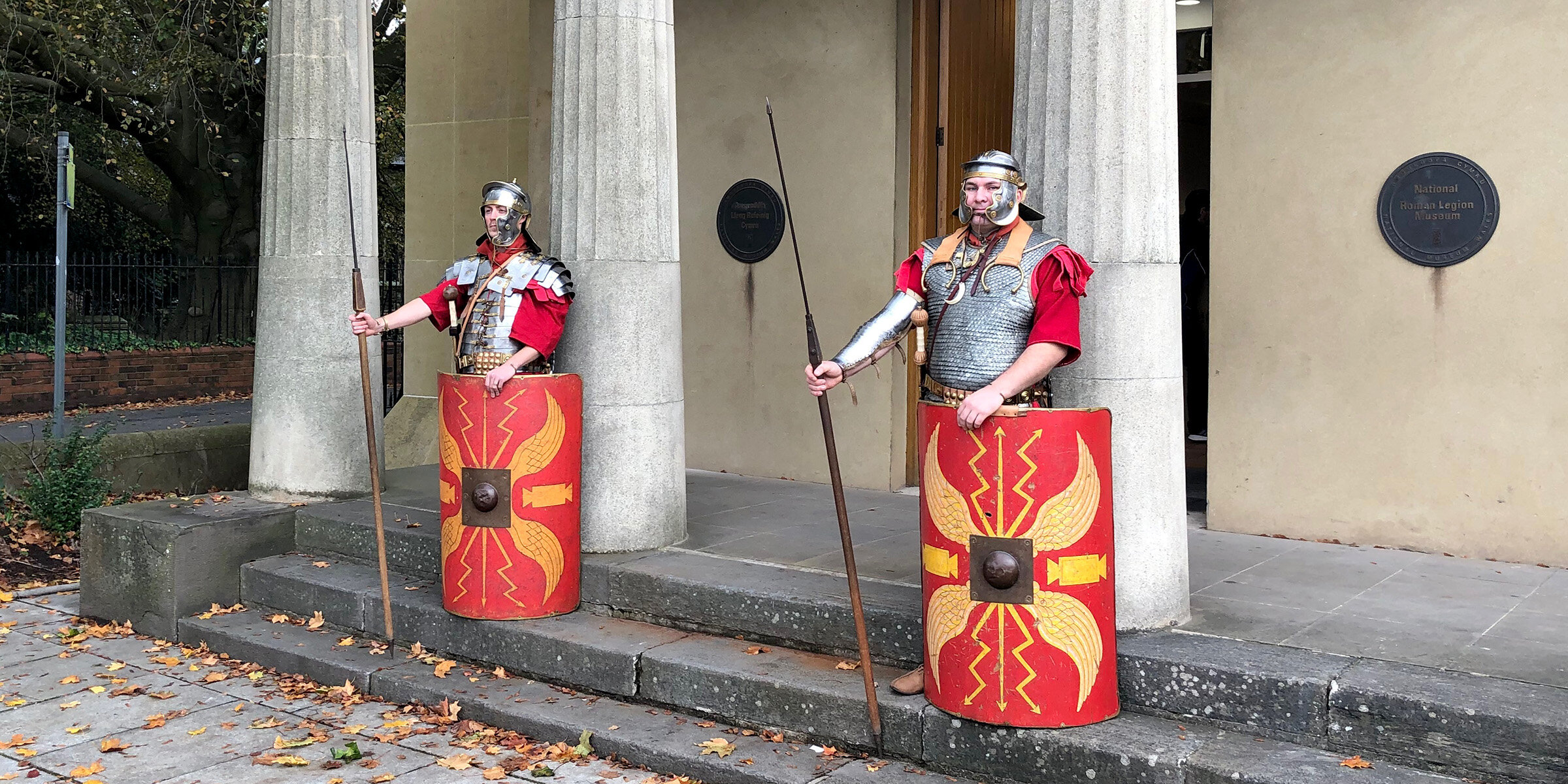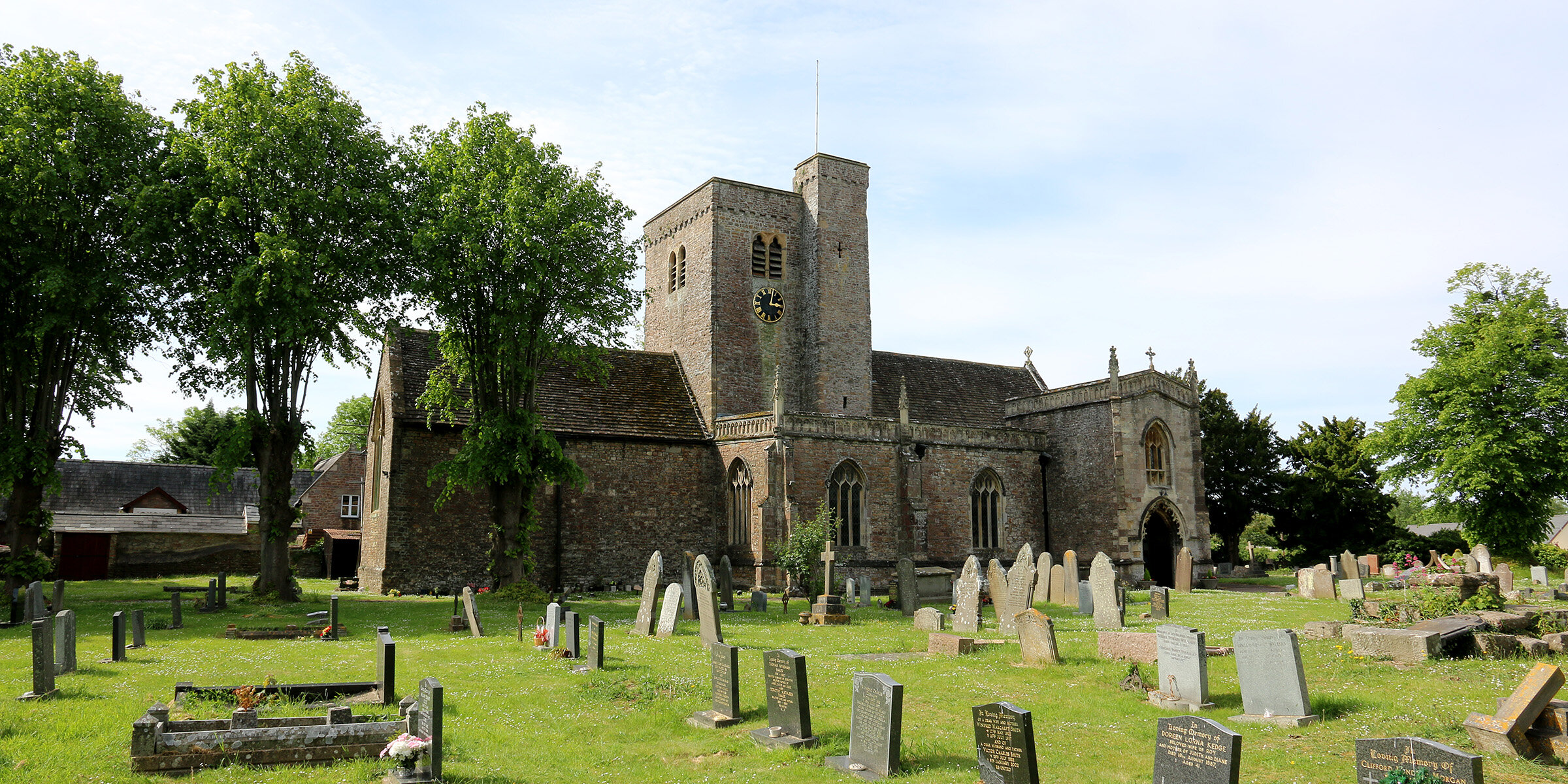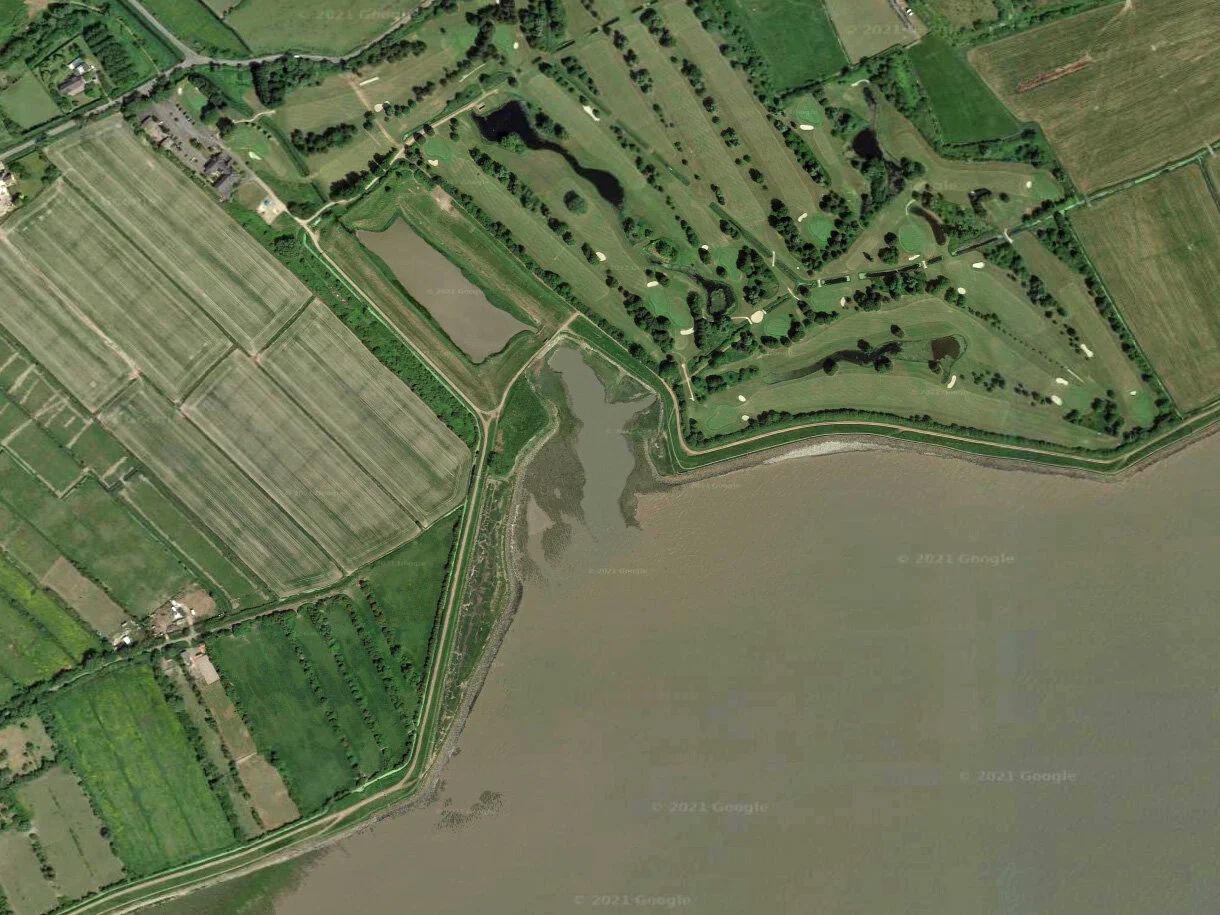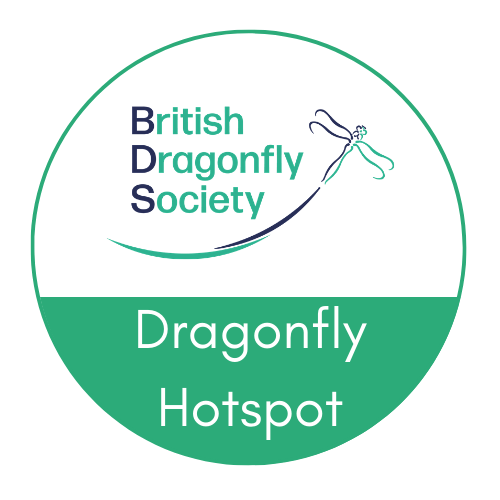Sitting on the edge of the Gwent Levels, between the wide expanse of the Severn Estuary, the mouth of the River Usk, and the city of Newport, lies the Newport Wetlands National Nature Reserve.
The 438 hectare reserve stretches from the mouth of the Usk east along the coast to Goldcliff. It is made up of a diverse range of low-lying habitats, including wet grassland, reedbeds, saltmarsh and saline lagoons, which makes this one of the best sites in the country for viewing bird life (and lots of other wildlife, too).
There is a seven kilometre network of surfaced paths radiating out from the Wetlands Visitor Centre, including a floating pontoon which crosses one of the lagoons to the East Usk lighthouse. Five of the reedbeds have viewing screens across the deepwater channels, one has a raised viewing platform, and one has a raised bird hide. There are three way-marked walking trails and a cycle trail. The Wales Coastal Path passes through the reserve.
The reserve opened in 2000 and was constructed to mitigate the loss of wildlife habitats following the completion of the Cardiff Bay barrage. Prior to the creation of the reserve the land was part of the neighbouring coal-fired Uskmouth Power Station and was an ash-covered wasteland. In 2008, the reserve was designated as a National Nature Reserve (NNR).
The reserve is managed by Natural Resources Wales, along with the Royal Society for the Protection of Birds (RSPB) and Newport City Council.
RSPB Environmental Education and Visitor Centre
The RSPB Environmental Education and Visitor Centre opened in 2007 and features a shop, cafe, toilet facilities, education rooms, outdoor picnic area and play area. The centre has a programme of activities, including guided walks, throughout the year.
What to see
Newport Wetlands is best known for its fantastic range of wetland birds, including bearded tits, little egrets and avocets. As you explore the reserve, listen out for the distinctive boom of the bittern, a shy and elusive member of the heron family. The extensive mudflats along the estuary shore attract huge numbers of birds, such as dunlin, redshank, curlew, oystercatchers and lapwings.
During autumn and winter, thousands of starlings roost in the reedbeds, creating some spectacular murmurations. Look out for raptors, such as peregrine falcons, merlins and marsh harriers, attempting to snatch birds from the swirling masses.
During spring and summer, the reserve teems with butterflies, dragonflies and bees, including one of the UK’s rarest, the shrill carder bee.
East Usk Lighthouse
On the coast, a short walk from the visitor centre, is the East Usk lighthouse. The lighthouse was constructed in 1893, and is one of two marking the entrance to the River Usk; West Usk Lighthouse has been decommissioned and is now a B&B. Originally much taller than it now appears, the legs of the lighthouse were gradually buried under fly ash from the Uskmouth Power Station. It was converted from a gas-powered light to electricity in 1972 and is still in operation today.
Visit the Newport Harbour Commissioners website for more information about the East Usk Lighthouse.
OS Grid Ref: ST 334 834
Website
Opening times
The RSPB Environmental Education and Visitor Centre is open free of charge from 9am until 5pm, seven days a week all year (except Christmas Day).The car park is open from 9am to 5pm.
Car parking costs £5. Free to RSPB members.
How to get there
By train
The nearest railway station is Newport (approx. 5 miles from reserve).
By Bus
Number 63 bus from Newport city centre goes to the visitor centre, is a demand responsive service. For booking details contact Newport Bus on 01633 211202.
By bike
Sustrans National Cycle Network route 4 has a branch to Newport Wetlands using existing roads. The car park has a covered cycle stand. Cycling on the reserve is restricted to a designated route.
By road
Join the A48 at either junction 24 or 28 of the M4. Follow the A48 until you come to the Spytty Retail Park roundabout. Exit onto the A4810 Queensway Meadows. At the first roundabout take the third exit onto Meadows Road and follow the brown tourist signs to the reserve.
Dragonfly Hotspot
Newport Wetlands is one of a nationwide network of dragonfly hotspots.
Visit the BDS website for more information.


